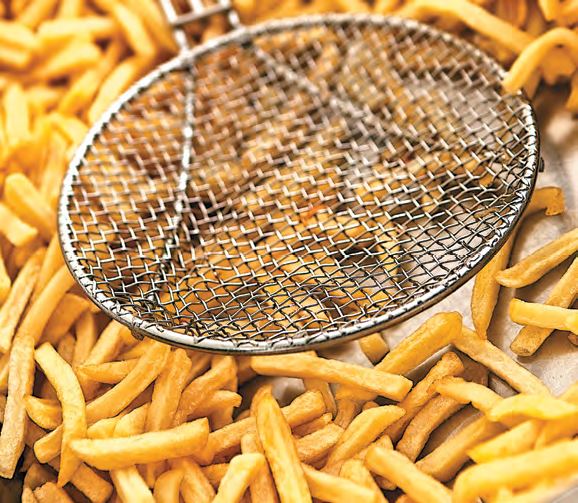 It’s amazing what people will believe. Equally stunning is people’s seeming inability, once a notion takes root in their minds, to believe that anything contrary to that notion could be true or viable.
It’s amazing what people will believe. Equally stunning is people’s seeming inability, once a notion takes root in their minds, to believe that anything contrary to that notion could be true or viable.
In 2011, potato manufacturers and growers were witnessing this phenomenon firsthand—and suffering for it. Fresh and frozen potato consumption had been declining for a few years, and a lot of folks believed that a lack of public education and understanding was to blame. So at Potato Expo 2011, Frank van Schaayk of McCain Foods Ltd. unveiled a plan for the U.S. Potato Board and National Potato Council to collaborate with potato manufacturers in the U.S. and Canada in forming an organization that focused on science, fact-building and myth-busting in defense of the industry. That organization was named the Alliance for Potato Research and Education (APRE).
“There was a lot of activity that was very negative on fresh potatoes and french fried potatoes,” says Dr. Maureen Storey, APRE’s current president and CEO. “APRE was formed so that we could in some instances correct the record and drive our own destiny with regards to potato nutrition instead of letting someone else drive our destiny for us.”
FRENCH FRIED FALLACIES
Storey has seen all the advertisements, all the documentaries, all the unfair portrayals. “We still see, even in the scientific community, people using pictures of french fries when they’re talking about partially hydrogenated oils and fatty acids,” she says. “There are a lot of misperceptions that french-fried potatoes are still a major source of trans fatty acids in the food supply, and that’s just not true.”
Perhaps the most prominent and tangible tool in fighting those misperceptions is APRE’s French Fry Toolkit. The Toolkit is a 50-page booklet that details the most recent studies related to the nutritional value of french fried potatoes and answers frequently asked questions. Since APRE’s primary audience consists mostly of health professionals and the academic community, APRE relies on its member organizations to distribute the facts and findings available in resources like the French Fry Toolkit. “I hope that members who do have direct-to-consumer messaging can use that toolkit as they are able to weave it into their own strategic communications plans,” says Storey.
AT THE FOREFRONT
APRE has its own small research team, and all the organization’s independent research and data analysis are funded by its members. “We’ll analyze data on particular research questions that are of interest to us,” Storey explains, “such as ‘How much dietary fiber are low-income individuals consuming, and how can potatoes fit into a healthy diet?’”
The Alliance also partners on projects with university researchers all over North America. Just this year, APRE has supported studies at Purdue University on potassium bioavailability in fresh and french fried potatoes; at the University of Toronto on satiety value of potatoes in all their forms; and at Texas A&M looking at plate waste of vegetables served in elementary schools, particularly as a result of USDA regulations.
Storey says that APRE has been deeply involved in trying to inform the discussion about the government’s upcoming new Dietary Guidelines for Americans. “We’ve submitted written comments to that committee on the innovations that have taken place in the potato industry,” she says. “And of course we focused on the changes in trans fatty acids that have occurred in the last seven years. We want to remind them of the nutritional value of potatoes, and even french fried potatoes, as part of a healthy diet.”
SPREADING THE WORD
APRE’s job isn’t just to learn and prove facts that paint potatoes in a positive light; it is tasked with getting that information into hands that can use that information to help the potato industry. To do that, APRE organizes and hosts several symposia and roundtable discussions throughout the year to share the latest data.
In April, APRE, in conjunction with the American Society for Nutrition, hosted a symposium on the current thinking of dietary fats. In May, 10 papers—the results of an earlier APRE-supported roundtable— were published in a special supplement in the peer-reviewed journal Advances in Nutrition. And APRE is planning a roundtable for this November with the USDA Children’s Nutrition Research Center at Baylor College of Medicine discussing vegetable consumption among children.
“The roundtables are really a perfect marriage between bringing the science in and helping educate people on what the latest science is and helping them get those facts out there,” Storey says.
Speaking of perfect marriages, it’s probably safe to say that the U.S. potato industry has one with its research arm— the Alliance for Potato Research and Education.